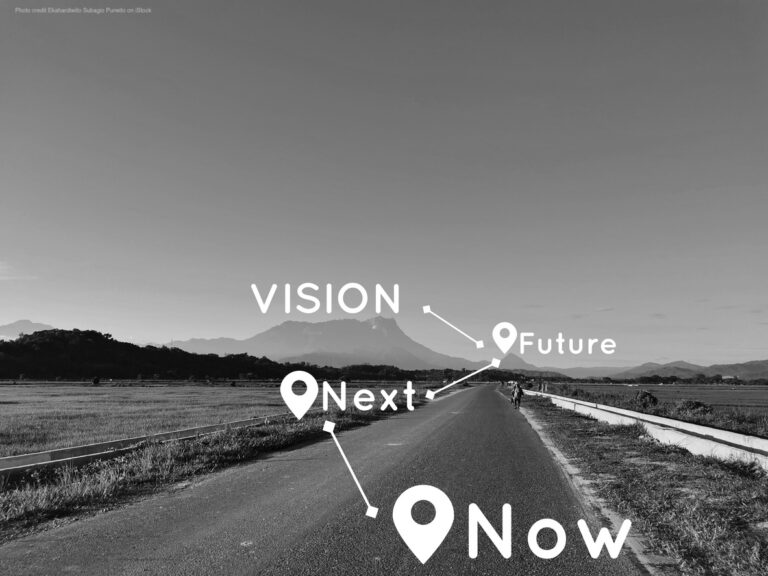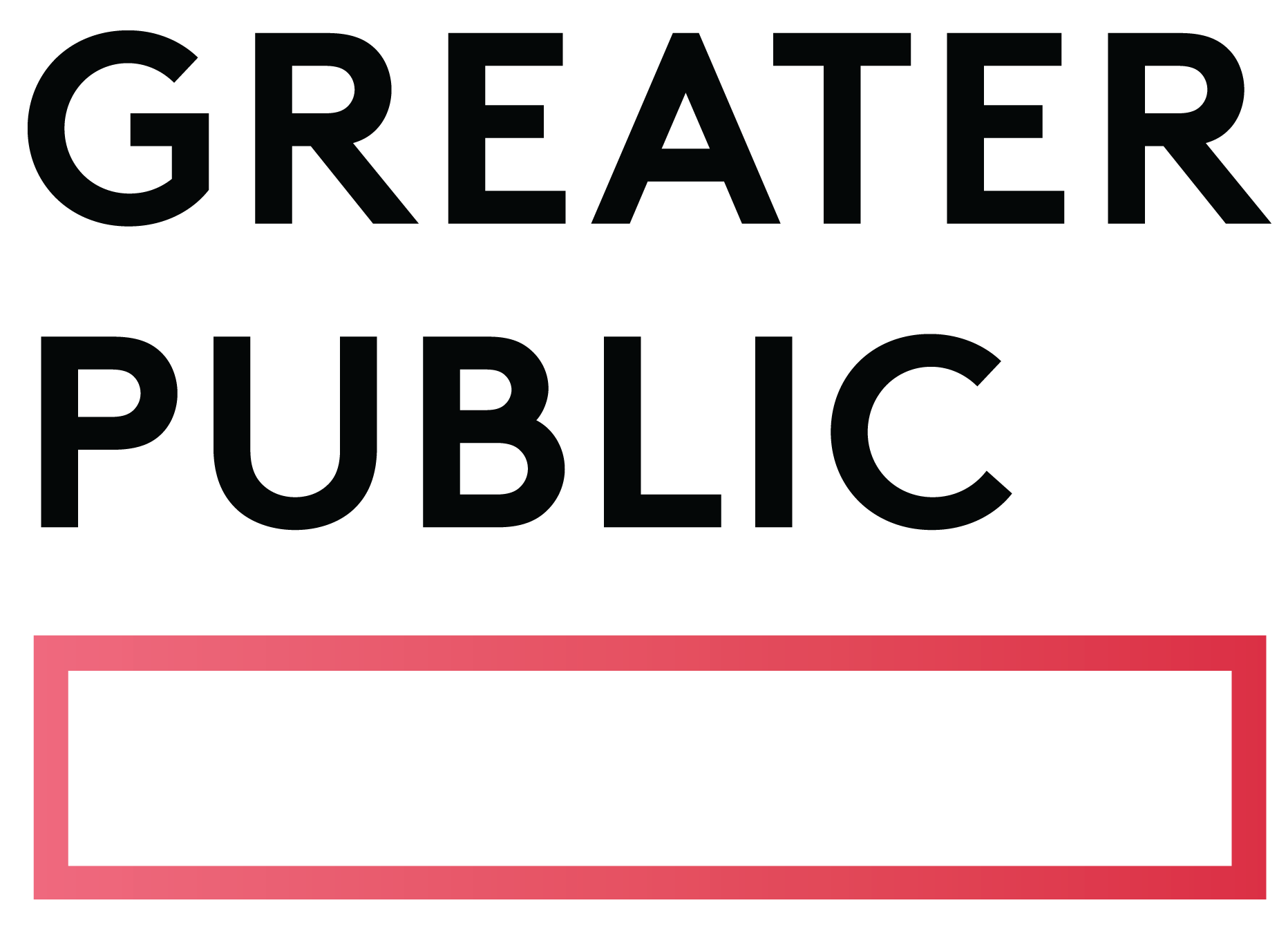Related Articles
Subscribe to the Greater Public newsletter to stay updated.
This site is protected by reCAPTCHA and the Google Privacy Policy and Terms of Service apply.

When WBUR flipped the switch on their new digital infrastructure in May 2024, with a new CRM, payment processor, donation platform, and email marketing platform, new revenue didn’t immediately pour in. Wouldn’t it be wonderful if it had? Instead, what followed were months of stabilization, process refinement, and gradual optimization as real returns began to show.
Greg Lyons, WBUR’s Salesforce administrator, describes the realistic timeline: “From launch day till probably 5 or 6 months out is what I call the stabilization phase. Then, once you are stabilized, you get into the optimization phase. We are just now entering the optimization phase.”
This matches what industry experts have long known: CRM transformations take about a year to stabilize before organizations start seeing significant returns. The benefits come in waves:
A year since launch, in this medium-term phase, the WBUR team has three stories to share that illustrate how ROI emerges from digital transformation, not through immediate revenue spikes, but through operational efficiency, strategic opportunities, and a new foundation built for growth.
Every February, WBUR runs a Valentine’s Day flower campaign, where donors can send flowers to loved ones while supporting the organization. For years, this campaign meant long nights for the team, complex coordination with the flower vendor, and hopefully many happy Valentines receiving their flowers, despite the logistics and Boston’s unpredictable February weather.
Julie Chao-Sibelle, Associate Director of Membership, reports that the long nights are over, because exporting Valentine’s Day flower orders for the flower vendor no longer takes 45 minutes, but just 10. Additionally, in the old system, processing required all staff to exit the CRM during each export, and this step is no longer required.
With faster processing time and no more system lockout periods, staff can send smaller, more frequent batches to their flower vendor, exactly what the vendor prefers, and no one’s workflows are unnecessarily paused. Additionally, automated emails with order tracking details are sent to donors, no longer requiring manual work. The long nights spent processing orders, emailing donors, and handling exceptions have been converted into manageable work days.
This isn’t just about convenience. Improved efficiency means better donor experiences, happier vendor relationships, and a team that can focus on strategy rather than wrestling with technology. The Valentine’s Day campaign was WBUR’s first, tangible, measurable proof point that the transition to the new platforms could bring meaningful gains in time and efficiency.
During WBUR’s spring on-air fundraiser, something remarkable happened that illustrates the true power of integrated systems coupled with highly-capable and collaborative teams. As WBUR CEO Margaret Low recounts:
“A listener phoned our call center and gave a five-figure gift… He was a devoted listener, but this was his very first gift to WBUR. He was moved by hearing Tiziana Dearing, our Morning Edition host, talk about our mission and the need. Within half an hour of that call, our development team had identified the donor. We then reached out to invite him to visit us. The listener came in for a tour of WBUR and a conversation with Tiziana and our director of leadership giving. Before he walked out the door that day, he’d committed a six-figure gift to WBUR.”
This transformation from a phone call to a six-figure commitment happened because of three critical elements that the new infrastructure enabled:
“This has to do with our ability to track people, to understand their capacity to give, and to move quickly and effectively,” Low explains. Before the integrated system, the opportunity for major gift cultivation may have been missed entirely or, if manually flagged, would have created a scramble of team work and ad-hoc processes. The team is moving with speed and spending their time on what they do best – forming authentic relationships with people who care about WBUR.
A specific example of breaking down walls was when WBUR approached a local office of travel and tourism from two different angles. In the old siloed world of different systems and teams, these two potential funding opportunities would have been completely separate conversations with the client because they involved two different teams. At best, these colleagues would have had informal hallway conversations about opportunities, and at worst, they would have no idea they were working with the same client.
Now, with the integrated CRM merging all client and donor records, both teams could see the complete relationship and communication history. And colleagues from the two teams could strategize about how to approach the same client with complementary offerings. In this case, WBUR made two pitches to the organization, proposing two different value propositions. Business Partnerships pitched a custom podcast series through WBUR’s white label podcast production studio and a media plan to promote the podcast, and WBUR’s grants and foundations team applied for a grant to support the first ever WBUR Festival. Both served the client’s goals in unique ways, which meant both deals were successful, maximizing revenue for WBUR.
This cross-team visibility has opened doors to new revenue opportunities that simply weren’t possible before. The teams are looking forward and envisioning new types of programs:
The WBUR experience offers lessons for smaller stations considering their own digital transformation:
Digital transformation in public media isn’t about quick wins; it’s about building the foundation for sustainable growth. WBUR’s experience shows that while the initial investment is substantial and the returns take time to materialize, the eventual impact extends far beyond simple efficiency gains.
The real ROI comes from transformation: turning a five-figure caller into a six-figure major donor, enabling cross-team strategies that create multiple revenue streams with the same client, and building the infrastructure that will support sophisticated audience engagement for years to come.
For organizations considering this journey, the message is clear: Be patient, invest in your people, underscore the importance of collaboration and prepare for a transformation that unfolds over years, not months. The returns, when they come, will reshape how you think about donor relationships, operational efficiency, and organizational growth.
Check out other posts in our series exploring lessons from WBUR’s comprehensive digital transformation:
This work has been made possible through a grant from the John S. and James L. Knight Foundation.

View these related member resources and more with a Greater Public membership:
This site is protected by reCAPTCHA and the Google Privacy Policy and Terms of Service apply.
New to Greater Public? Create an account.
